St. Paul, Minnesota-based Henretta Engineering’s handmade pedals often take minimalism to the max. Stomps like the Crimson tremolo, Black Hole chorus, and Red Brick delay have no knobs at all. Yes you can make some adjustments with internal controls, but the message in this design scheme is clear: Henretta tones are killer without any tweaking.
The new H-Bomb line, which includes the all-analog Trembrato reviewed here, does feature tone-shaping controls. And because the Trembrato is built around Henretta’s Crimson tremolo—a great sounding knob-less design—it’s hard not to be intrigued by the possibilities of extra control and a vibrato in the mix. The Trembrato tends to reward curiosity in spades.
Compact and Stuffed
Henretta situates the circuits for the tremolo and vibrato effects in an MXR-sized enclosure that features independent speed and depth controls for each effect. The depth knobs are also key to blending the two effects or removing them from the mix entirely, which can be accomplished at minimum settings.
There are also two internal trim pots for master volume and bias. The former is especially useful for overcoming the perceived volume loss associated with tremolo effects.
Ratings
Pros:
Beautiful and warm tones.
Cons:
Pretty hissy.
Tones:
Ease of Use:
Build/Design:
Value:
Street:
$175
Henretta H-Bomb Trembrato
henrettaengineering.com
Old-School Undulations
With speed and depth both around noon, the Trembrato’s tremolo rivals the lushness of the trem on my vintage Ampeg Gemini II—which is no slight praise. It’s very musical and fluid, but it can also be percussive, with a range that runs from slight, shimmering afterglow to full-on throbbing. Even when set for maximum rhythmic attack, there’s a warmth that softens hard edges. In general, it’s a very natural-sounding effect.
The vibrato is warm with a very organic softening effect on pick attack. Moving the vibrato speed to around 1:30 and depth around 1 o’clock delivers organ-like modulations that are beautiful for double stops and chords, and free of metallic overtones like some of the other vibrato pedals in my collection. The vibrato also lends airiness and feels sensitive to pick dynamics. Soft attack delivered sounds like a Fender Rhodes electric piano. Harder attack resulted in a more in-your-face response.
Using tremolo and vibrato together is a magic combination. Blending tremolo with depth at 11:30 and speed at 8:30 with a mild vibrato (speed around 8 o’ clock and depth around 7 o’clock) summoned a beautiful classic tremolo sound with just a tiny bit of modulation to create a lush and atmospheric take on Magnatone’s and Fender’s lovely modulating tremolo amp effects. But you can also use the fluttering, hard-pulsing textures of more aggressive combined settings to create more adventurous sounds. My only complaint with the Henretta was a somewhat prominent hiss that becomes more pronounced at high tremolo intensity. This isn’t uncommon in analog tremolo, but it would be nice to hear less of it.
The Verdict
Henretta’s Trembrato is an efficient and sweet-sounding analog modulation machine that combines Henretta’s knack for no-frills, streamlined design with sensible, musical, and effective additional controls. The lack of digital control goodies like tap tempo may be a concern for some players. But if your tremolo and vibrato needs are more vintage in spirit, and you’re more concerned with tone quality than tap-tempo, the H-Bomb Trembrato delivers the goods many times over.








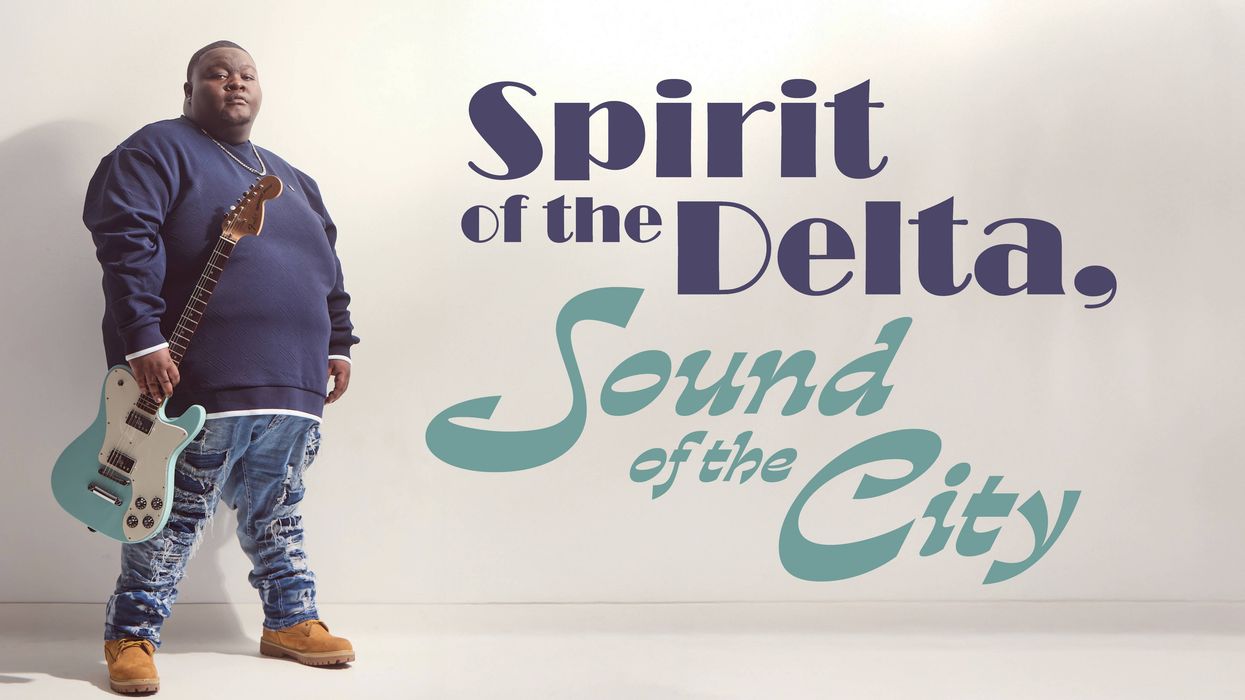




![Rig Rundown: AFI [2025]](https://www.premierguitar.com/media-library/youtube.jpg?id=62064741&width=1245&height=700&quality=70&coordinates=0%2C0%2C0%2C0)












 Shop Scott's Rig
Shop Scott's Rig
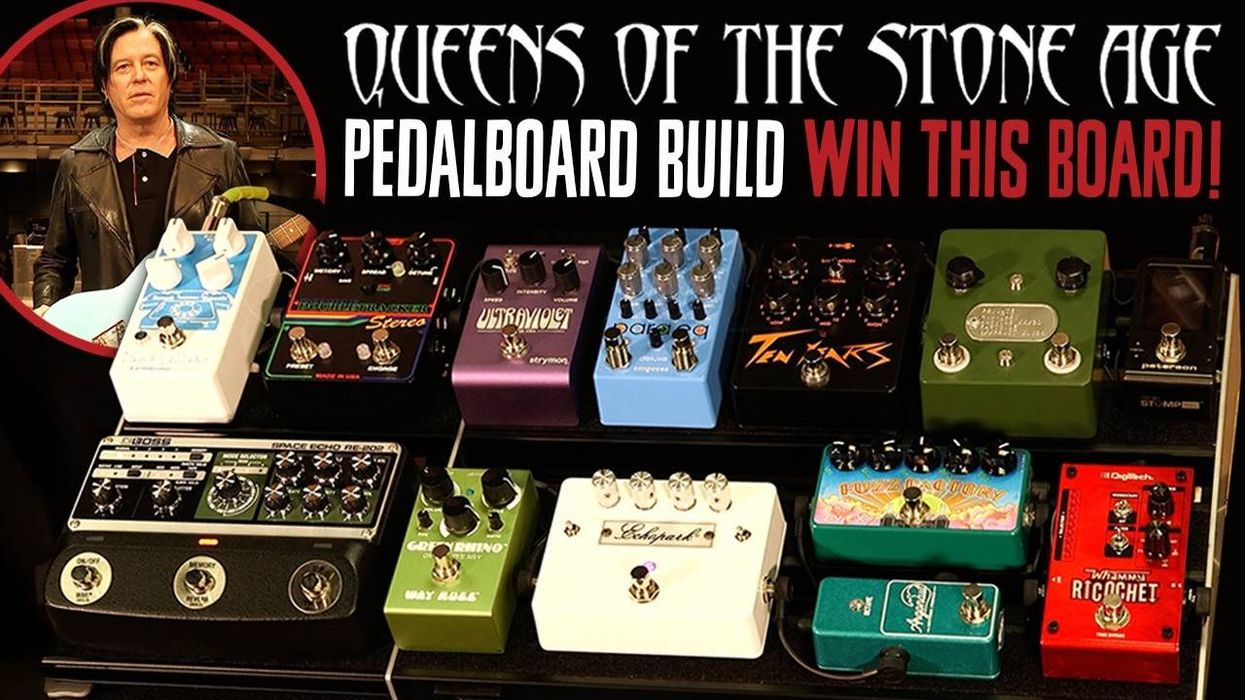
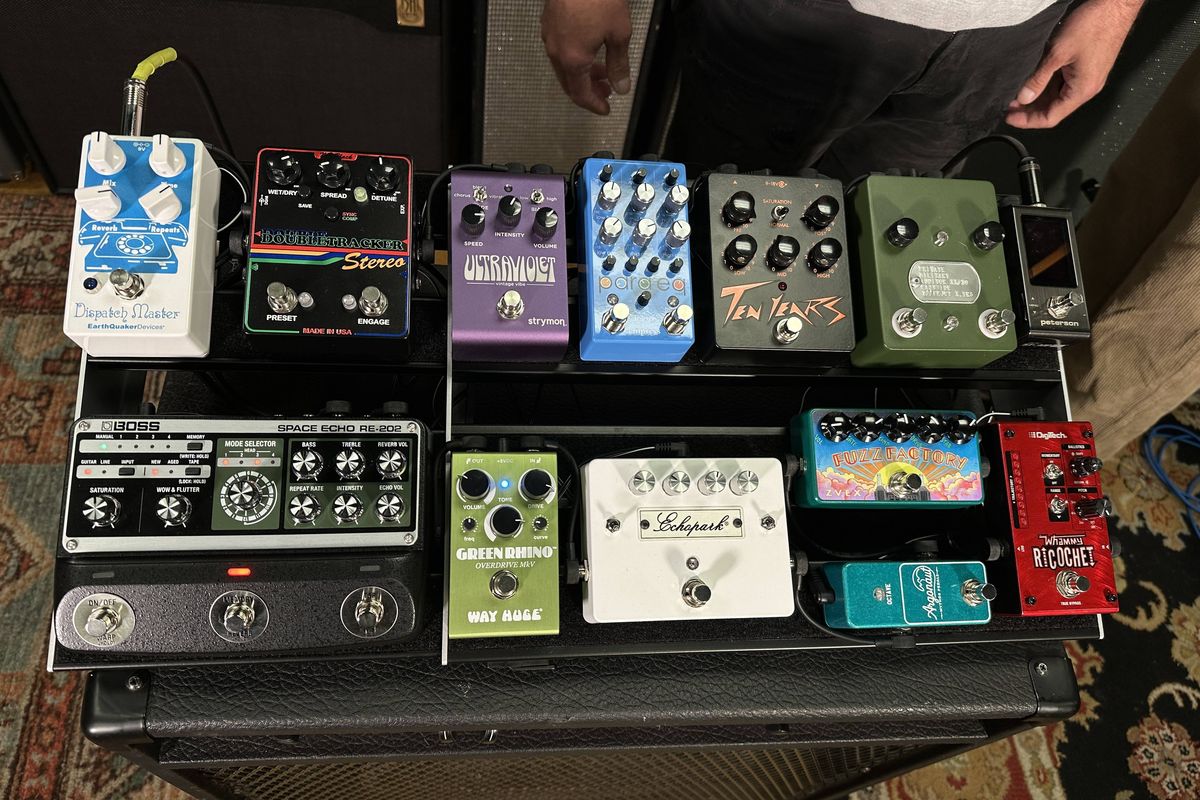
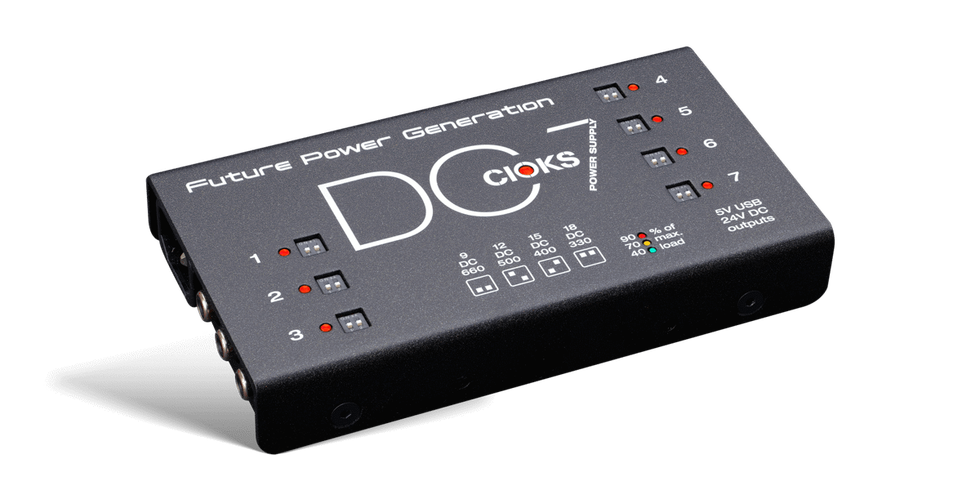
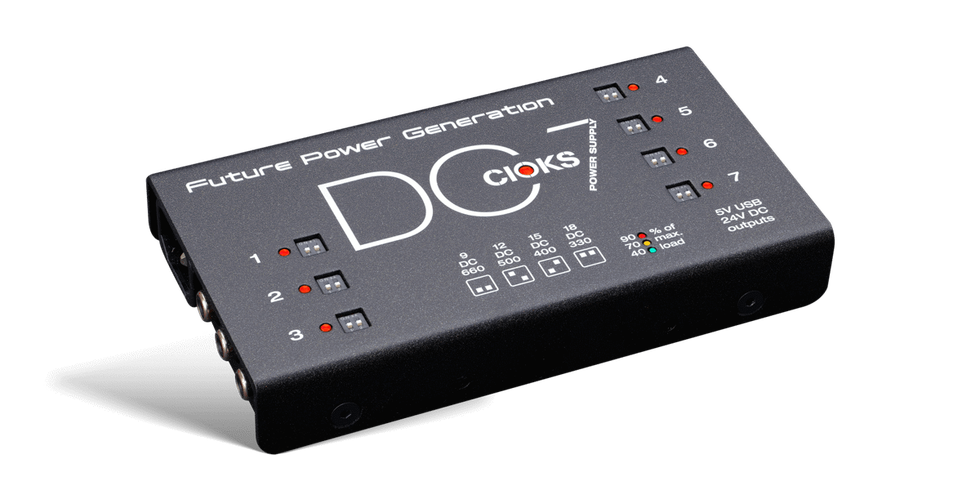
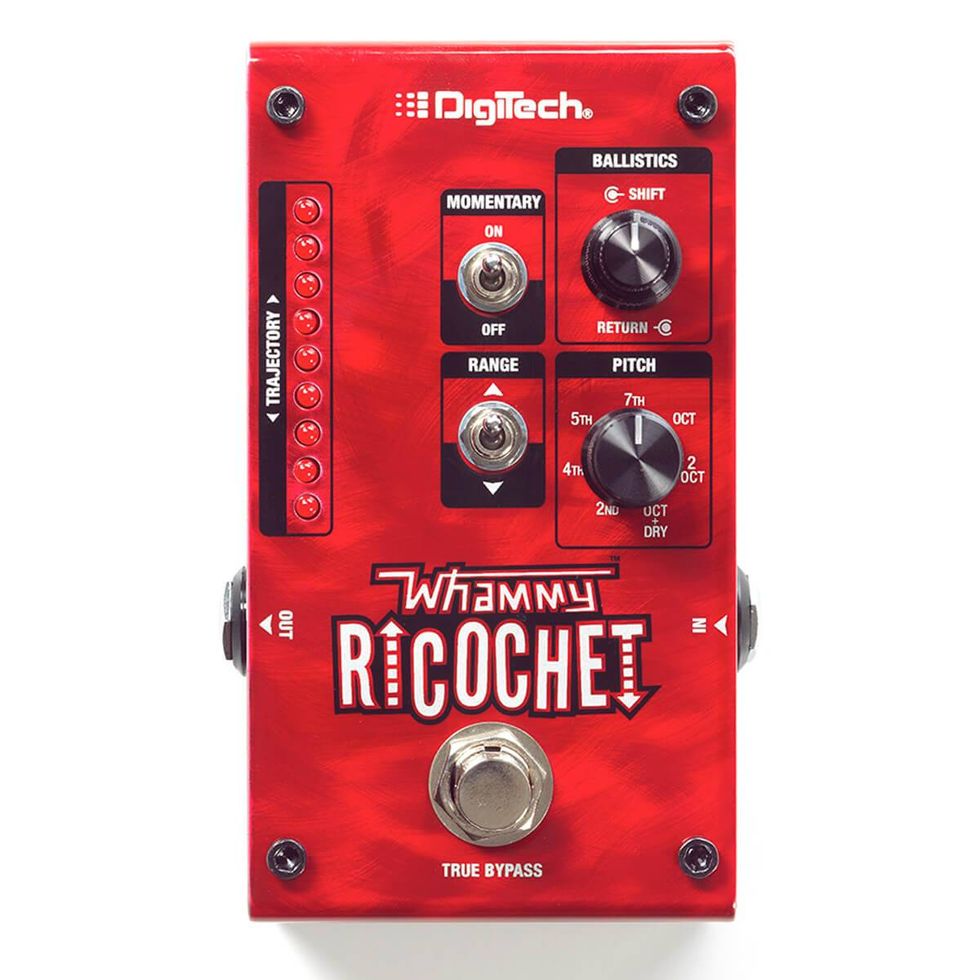
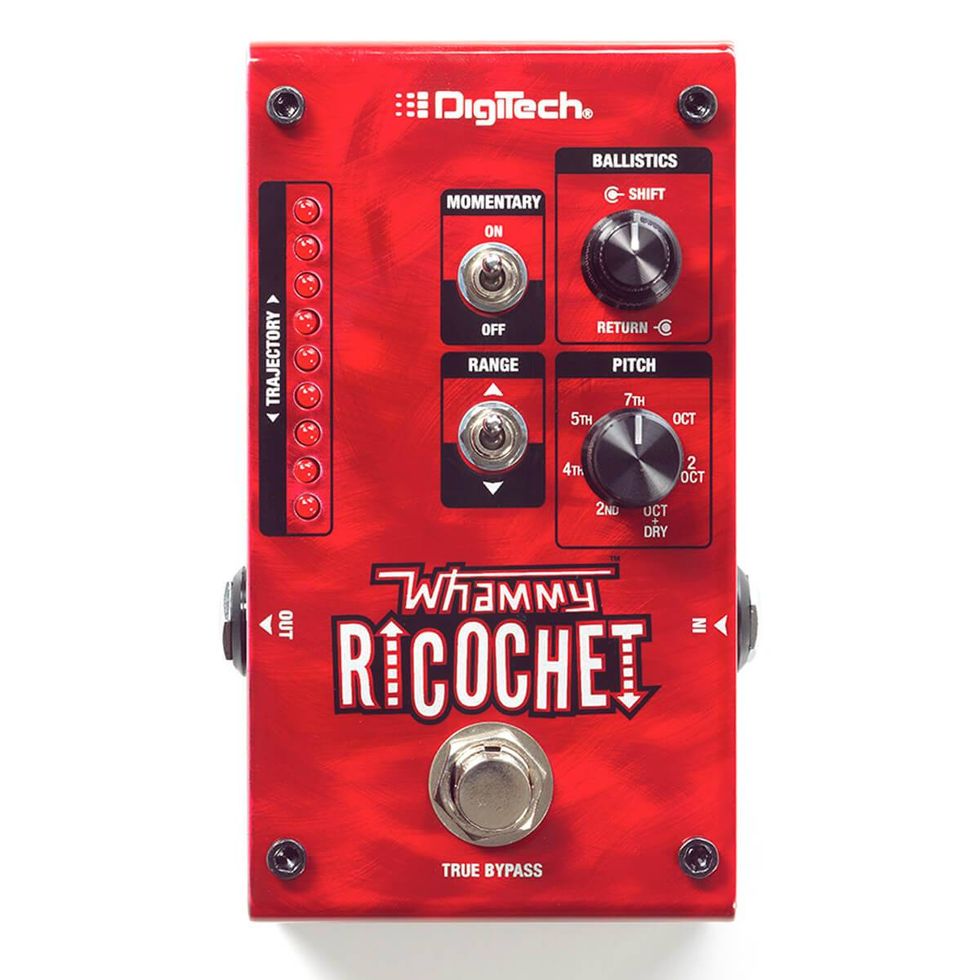
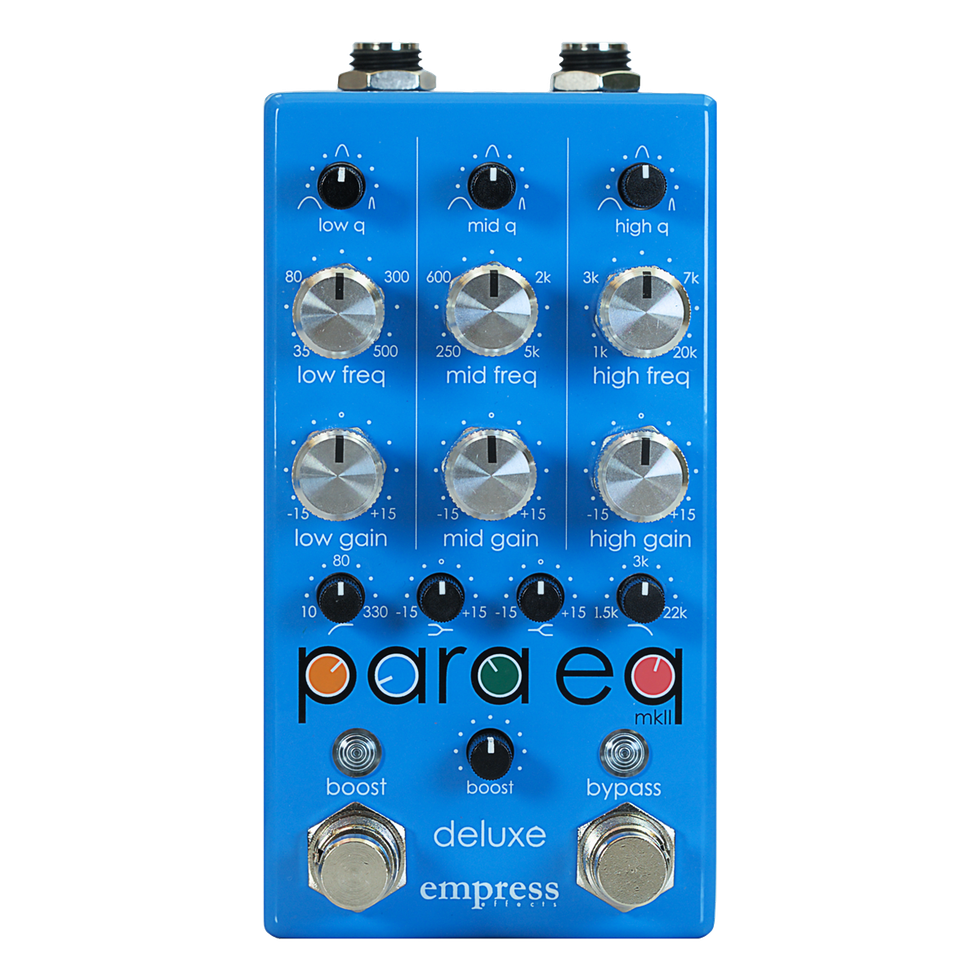
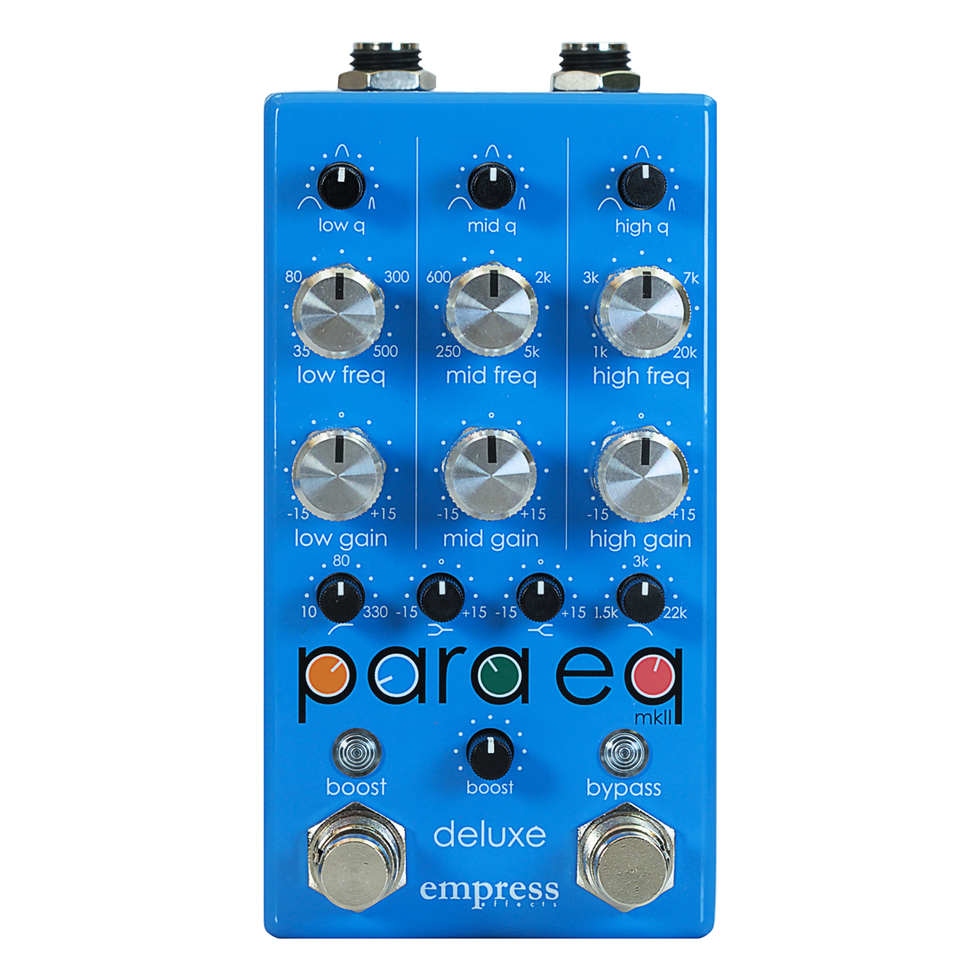
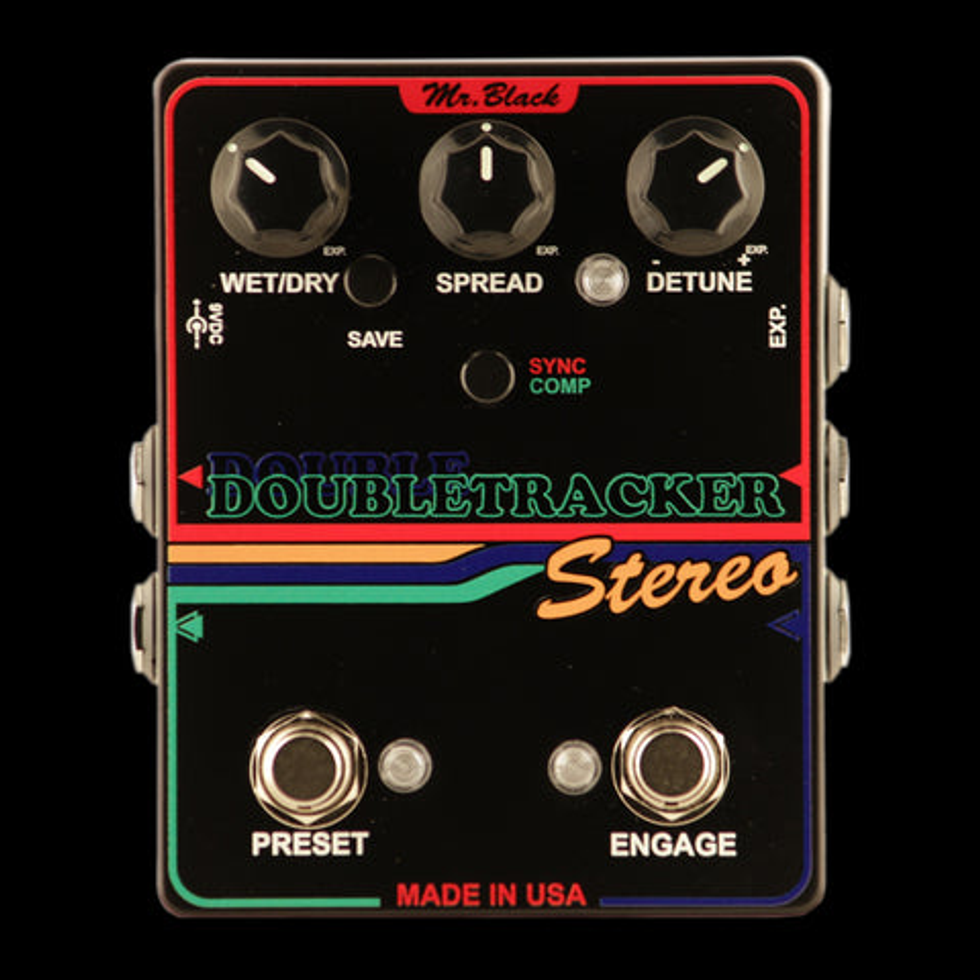
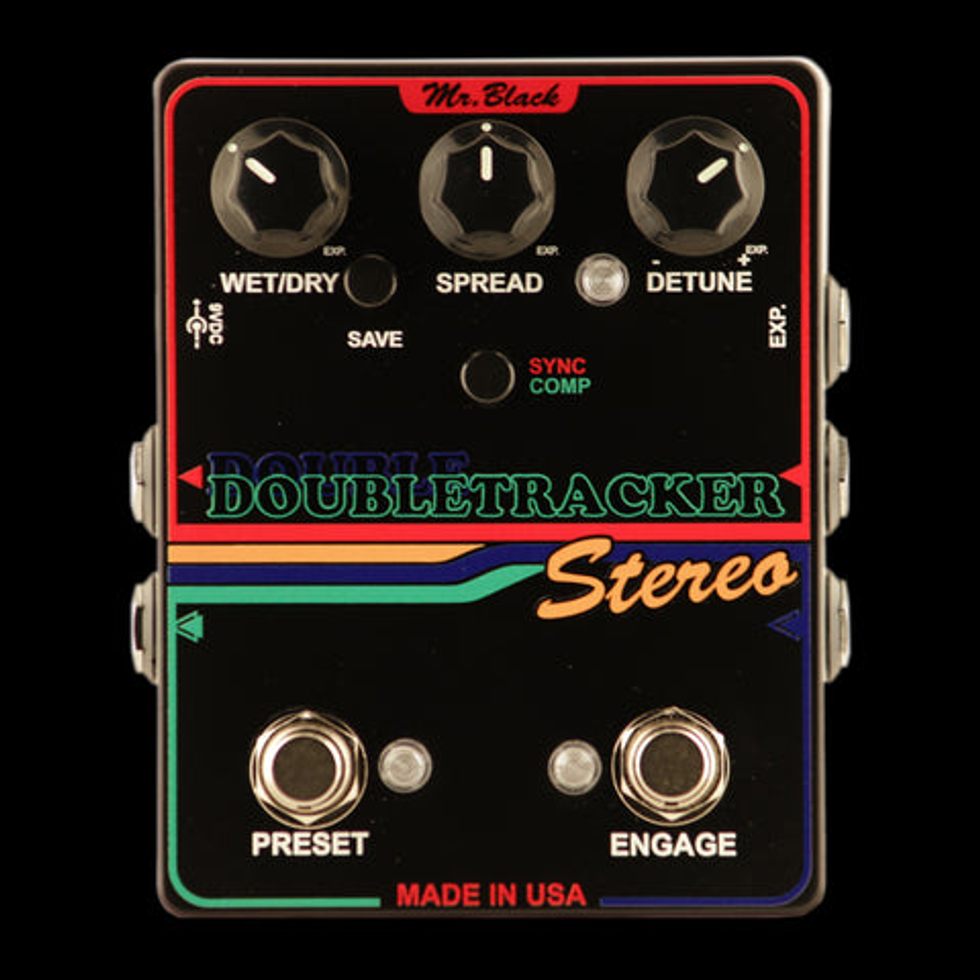
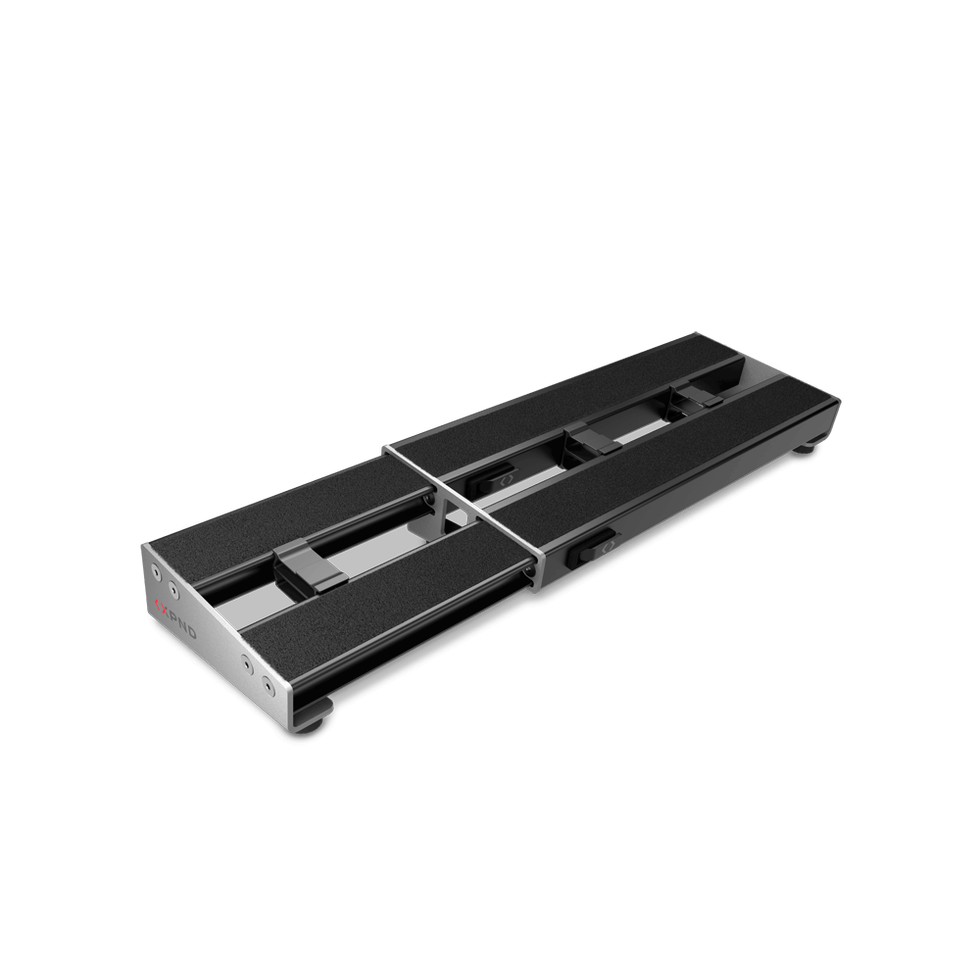
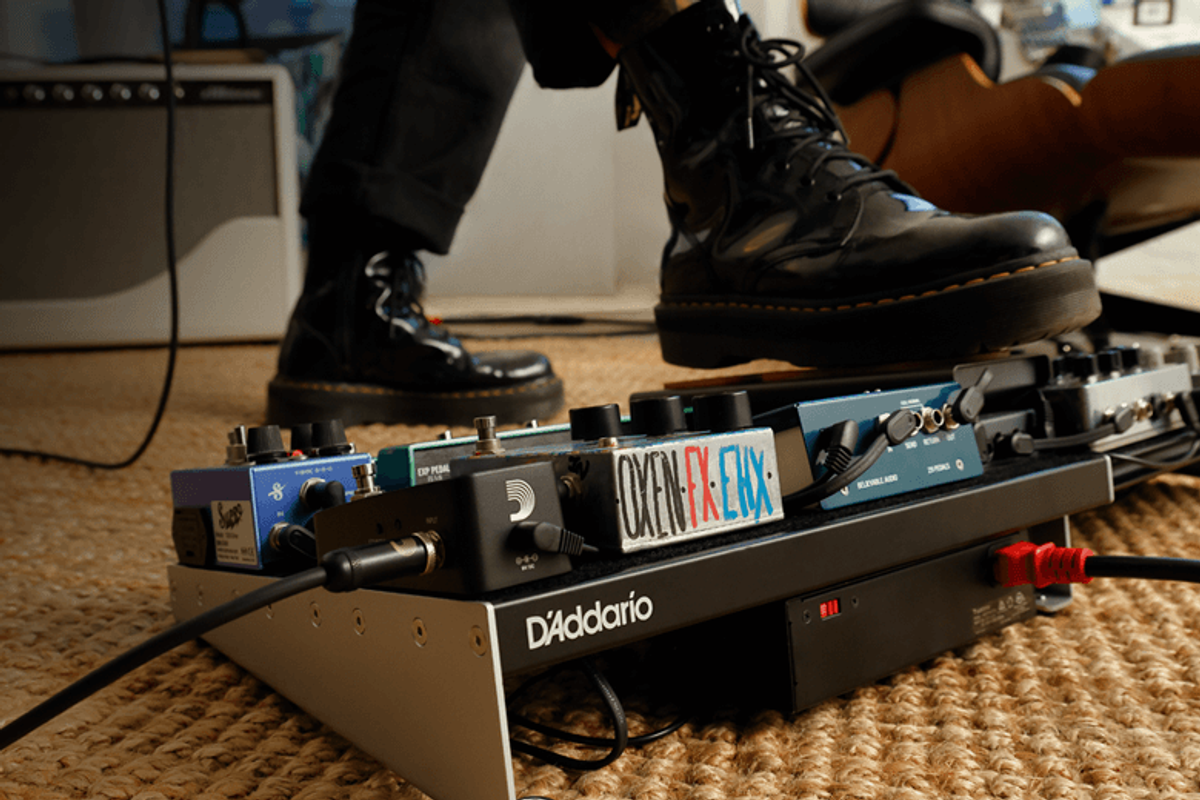
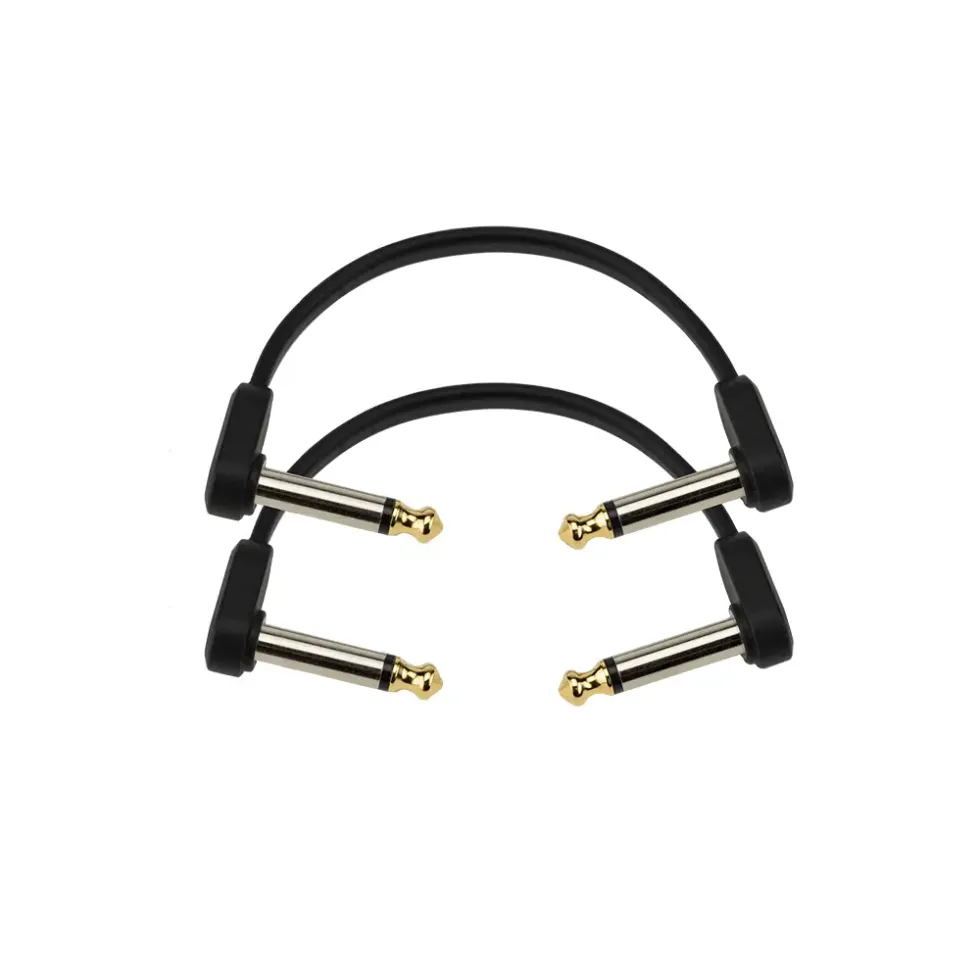
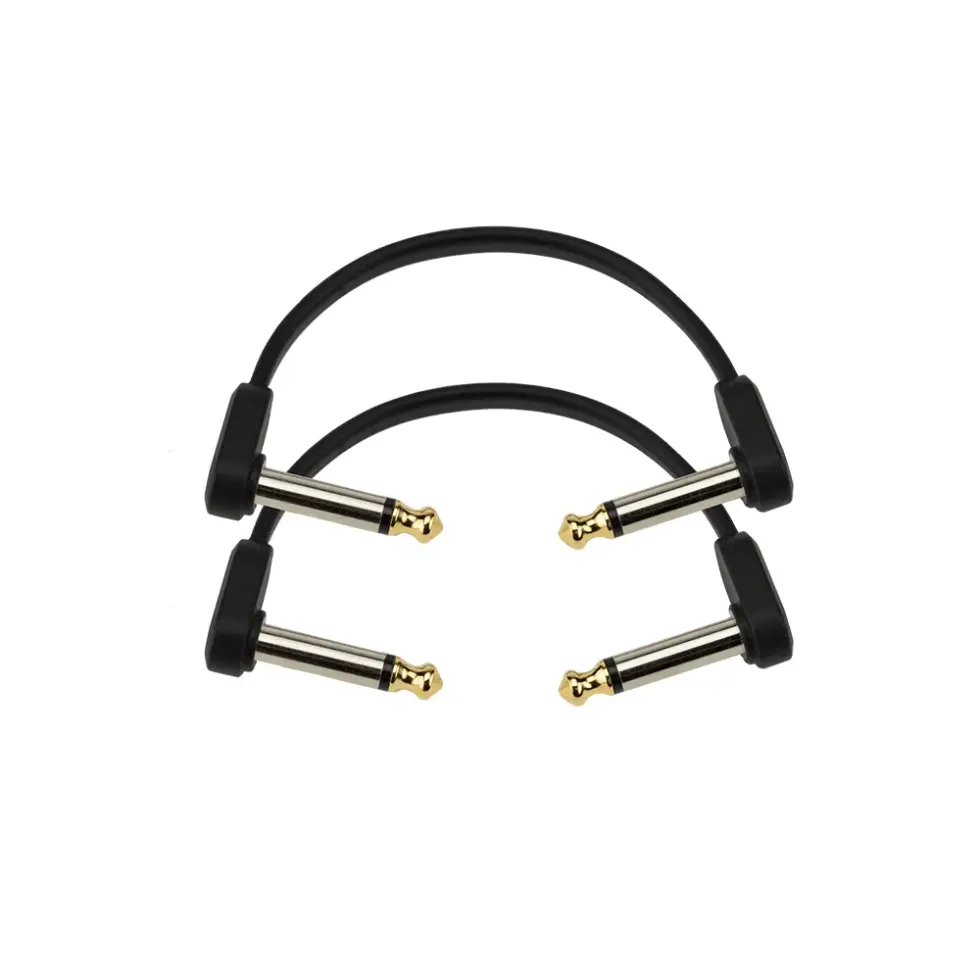
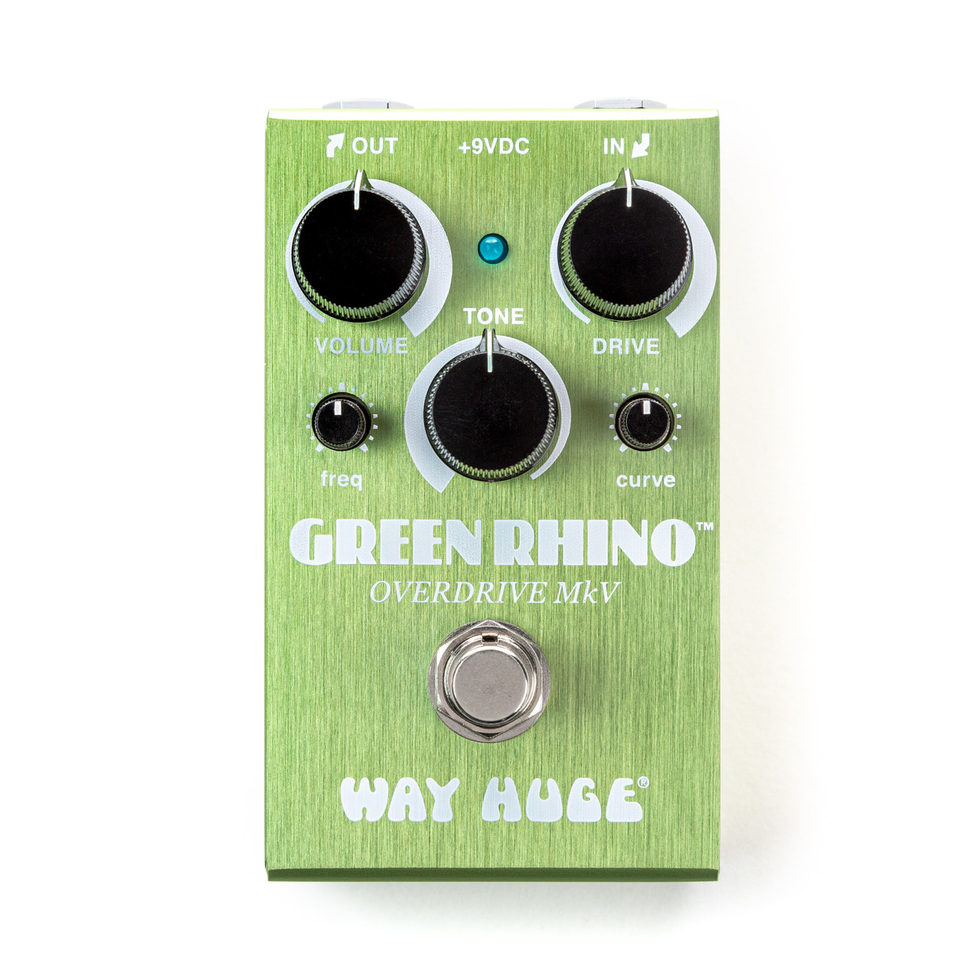
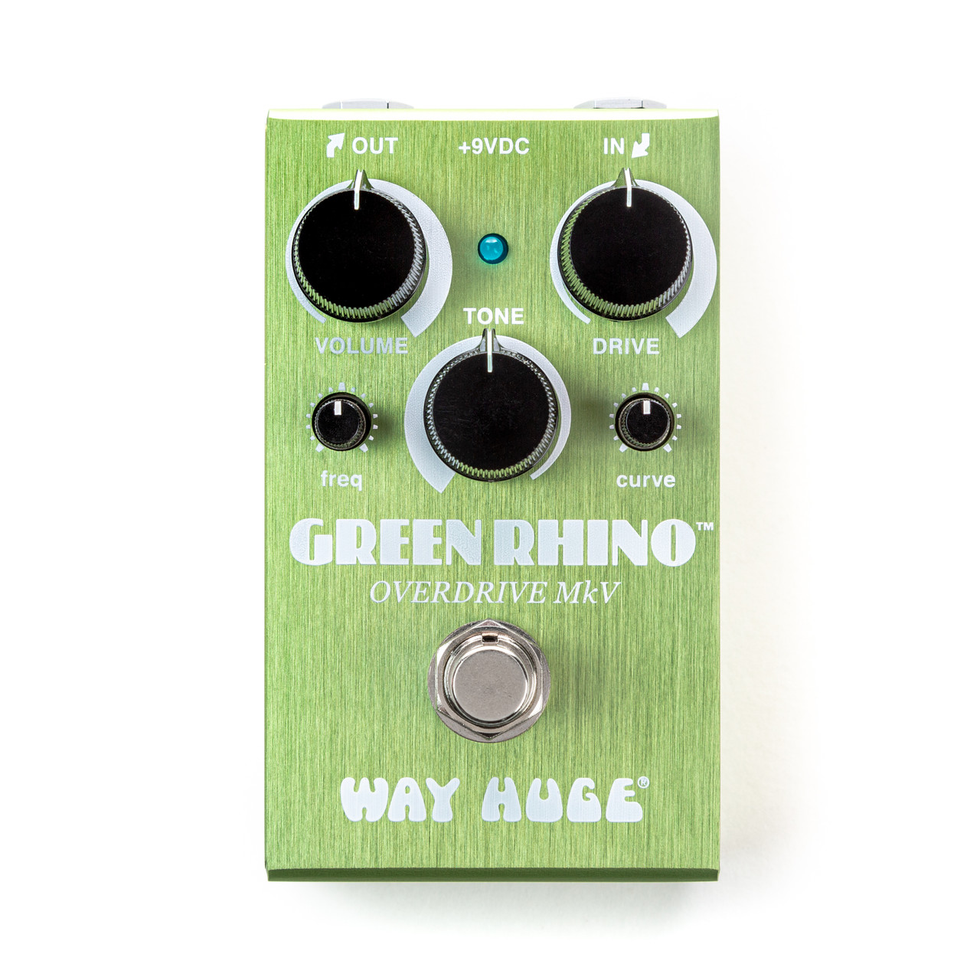
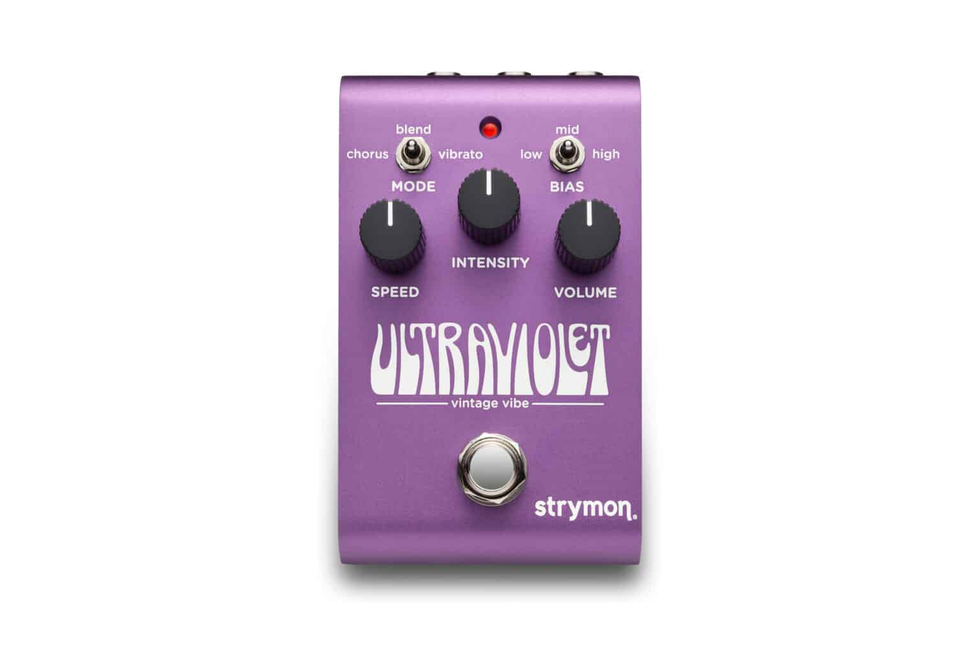
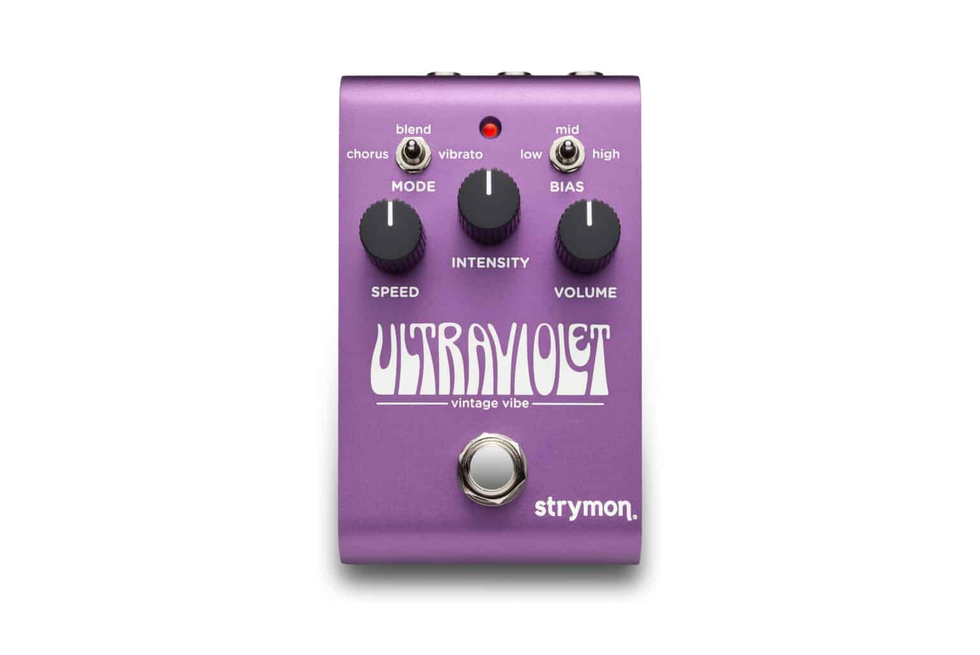
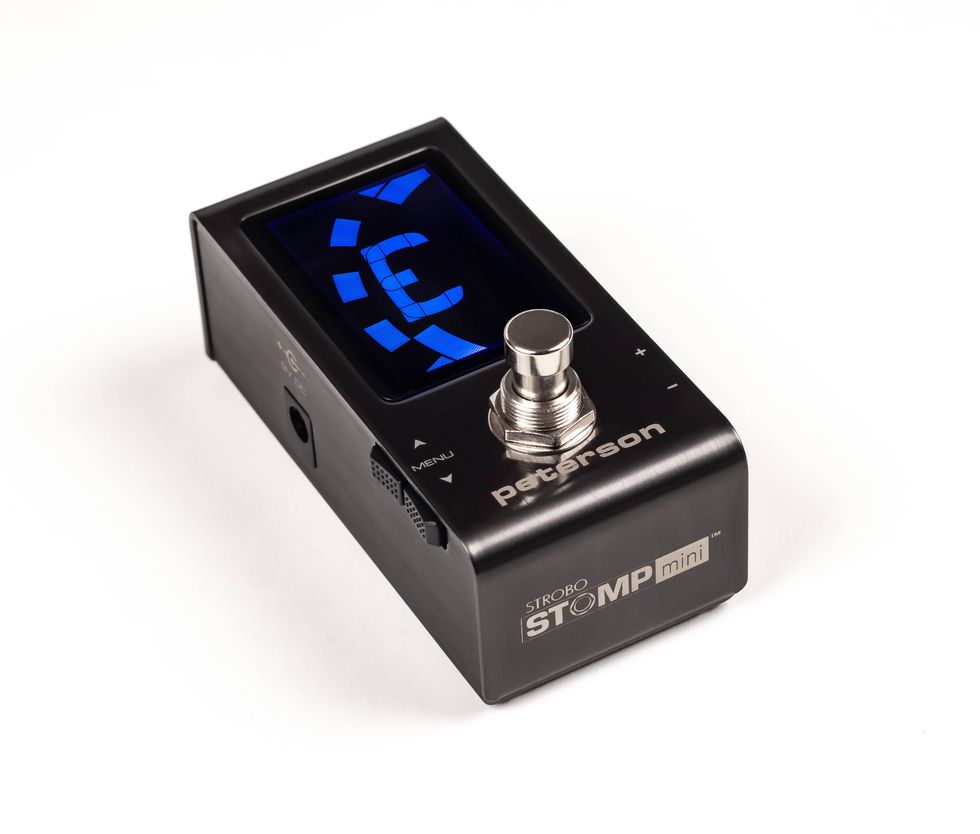
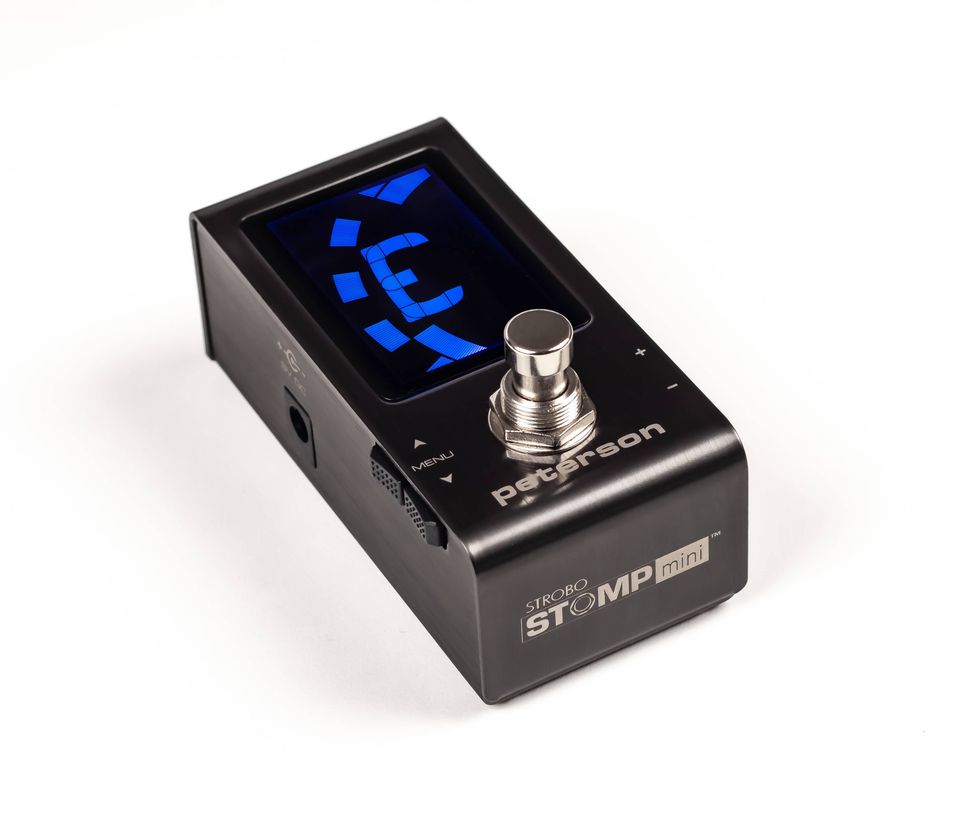
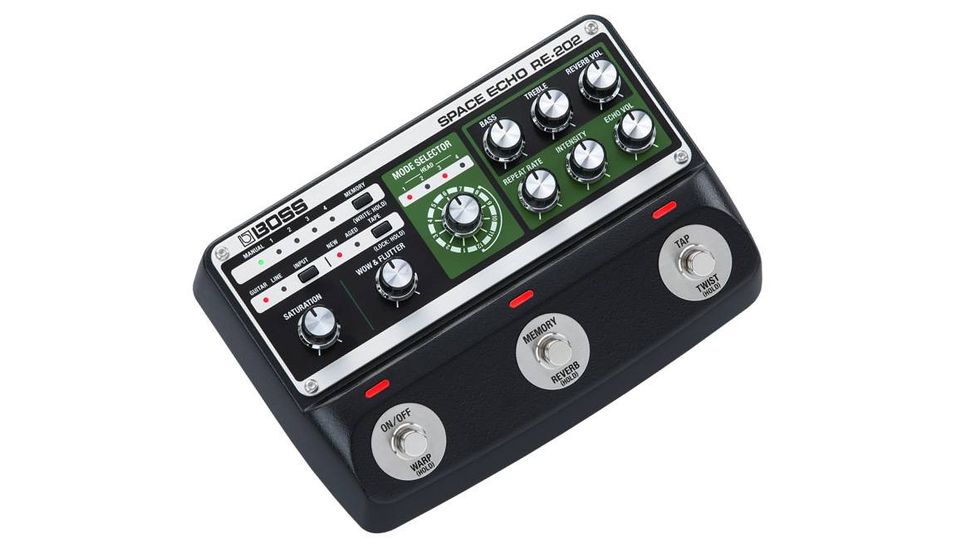
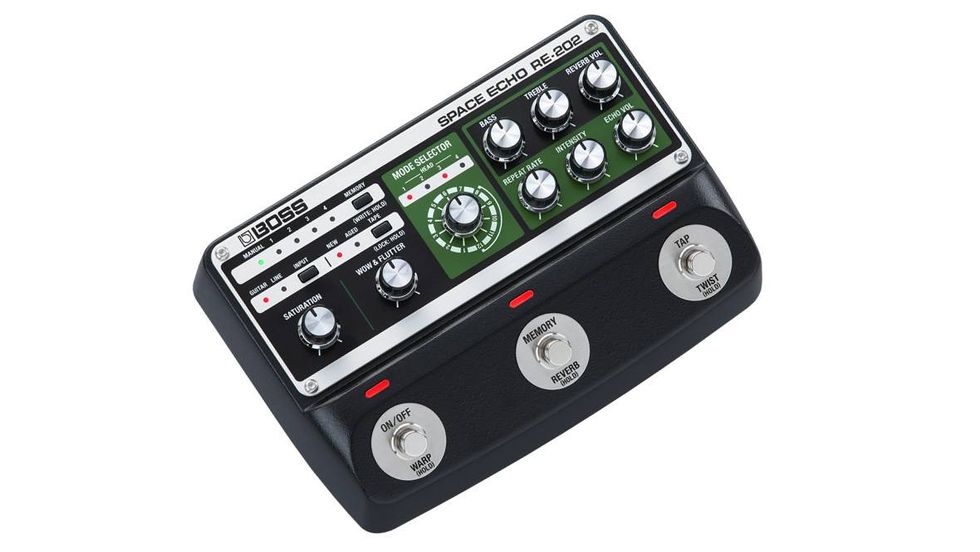
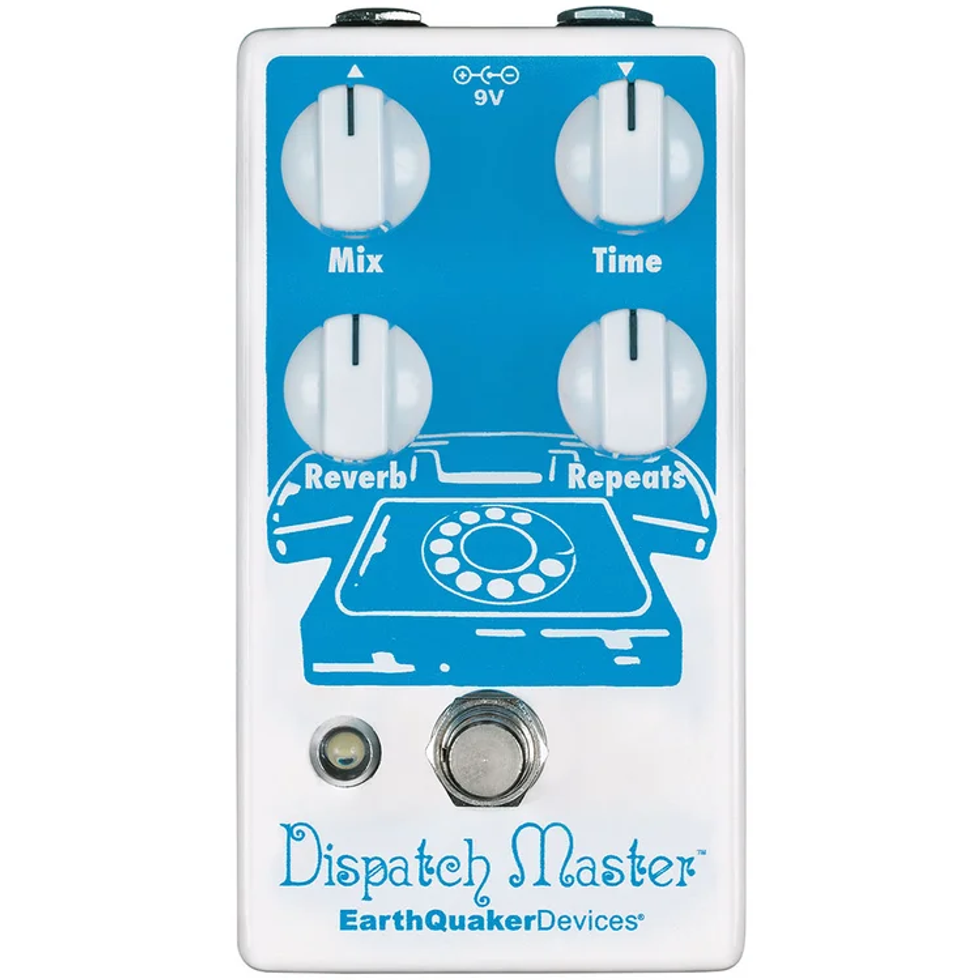
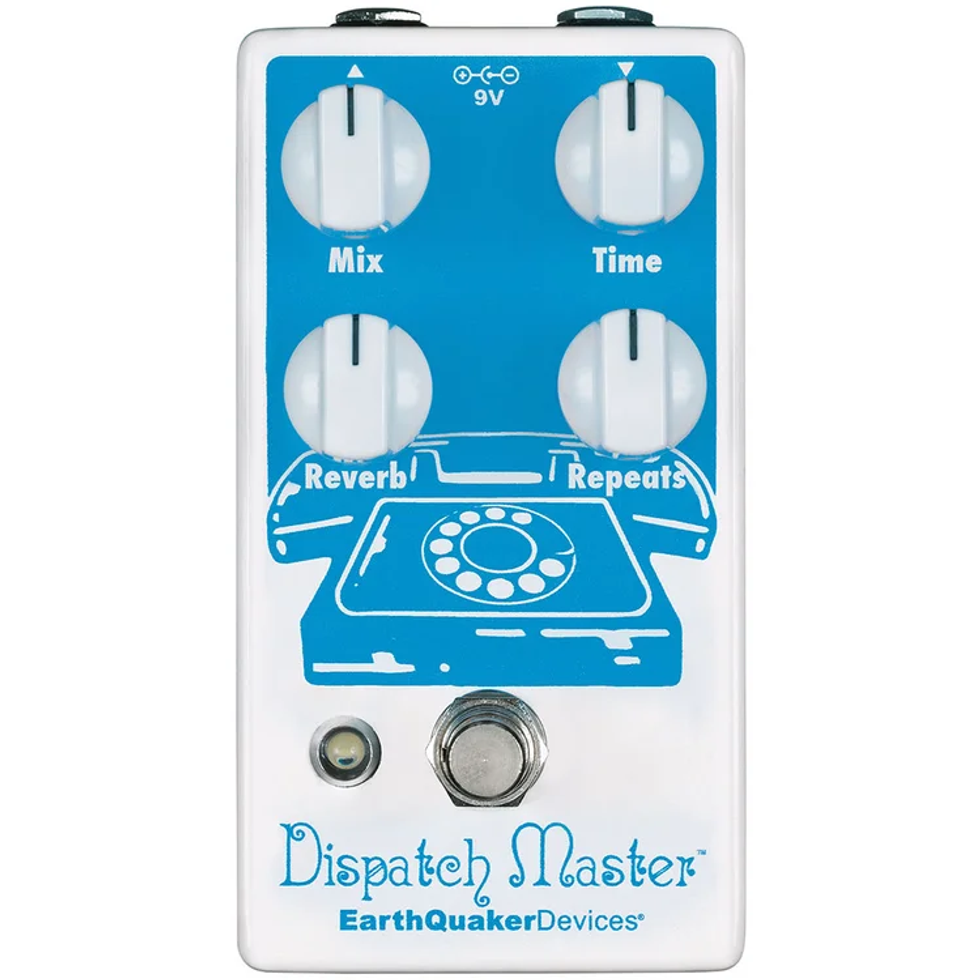
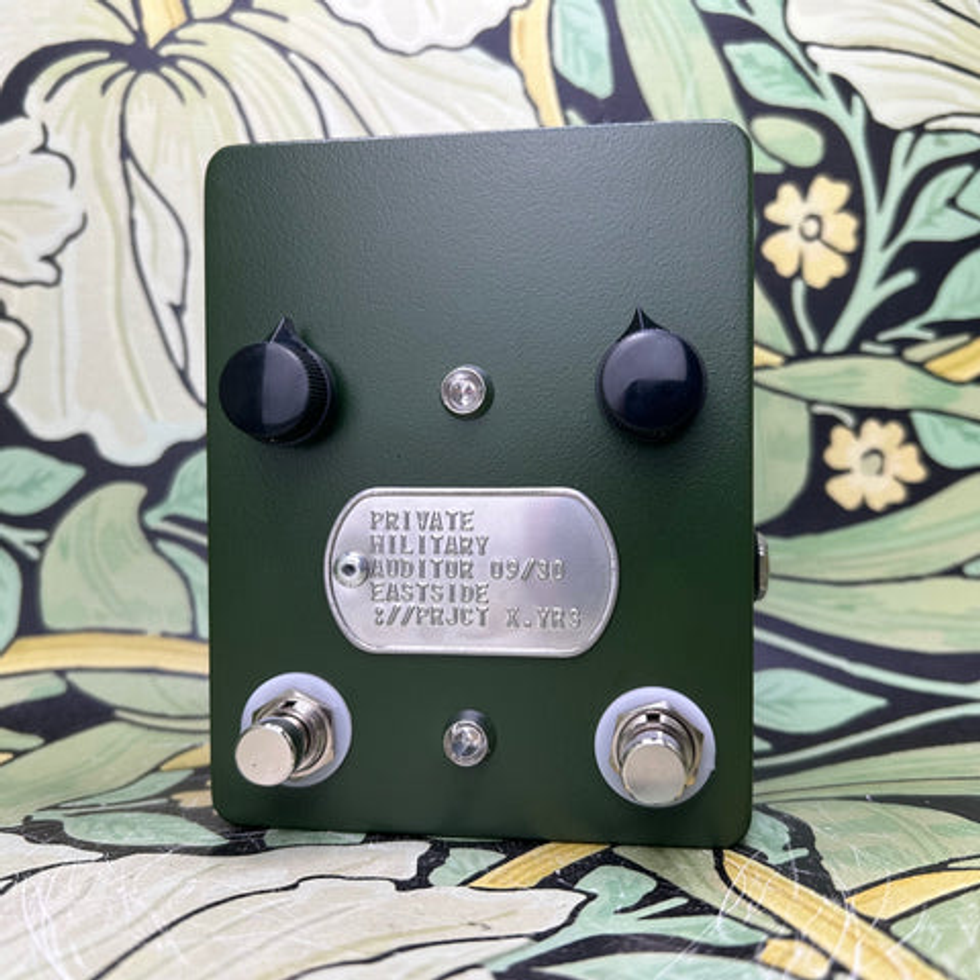
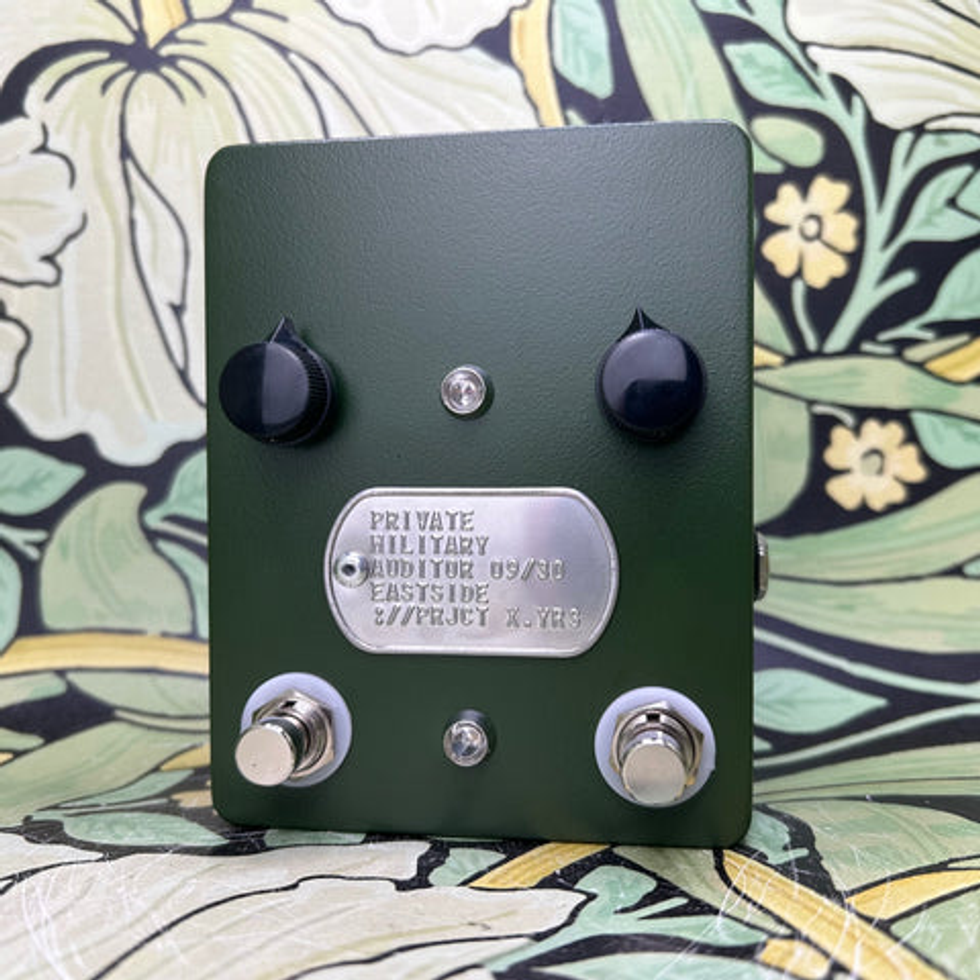
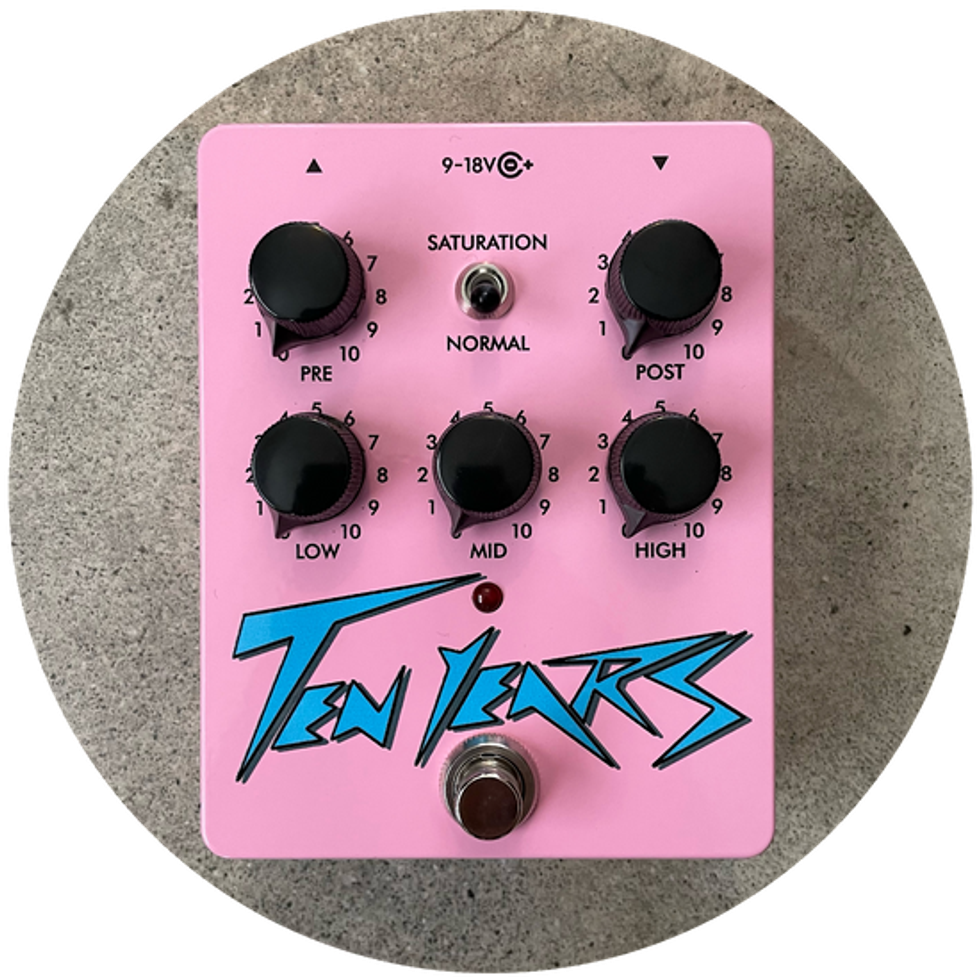
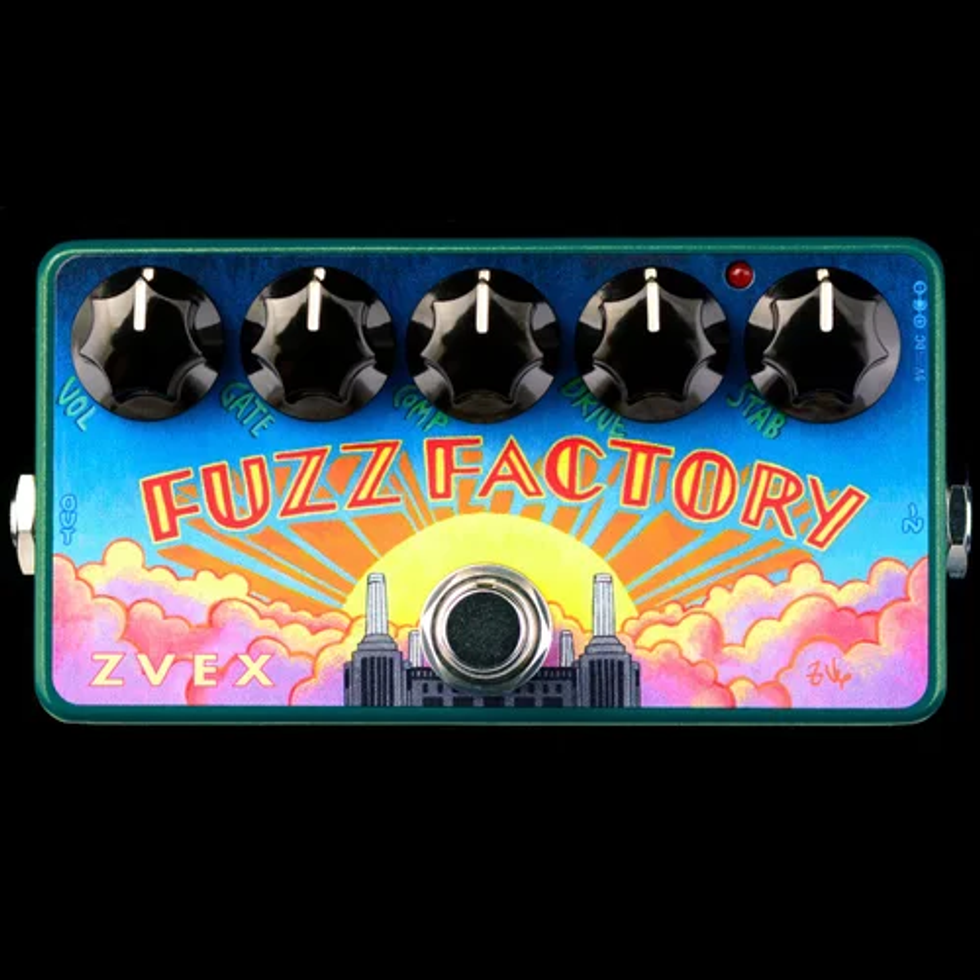
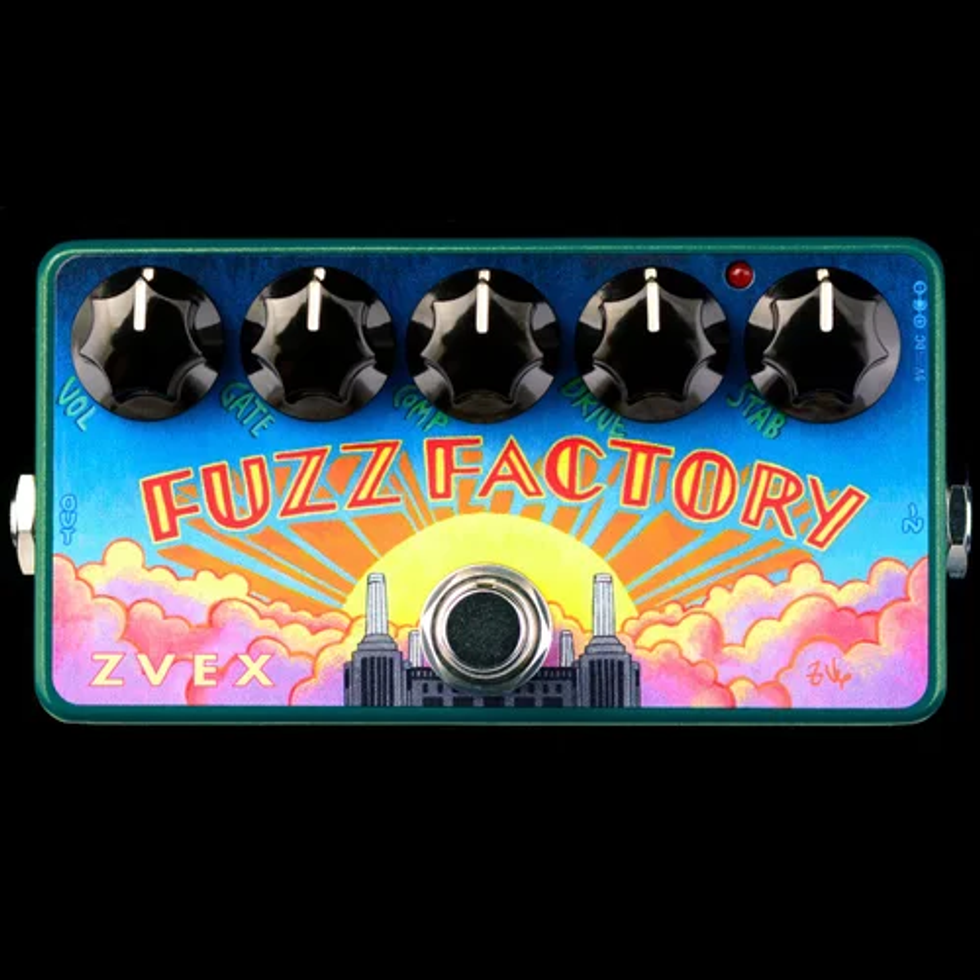
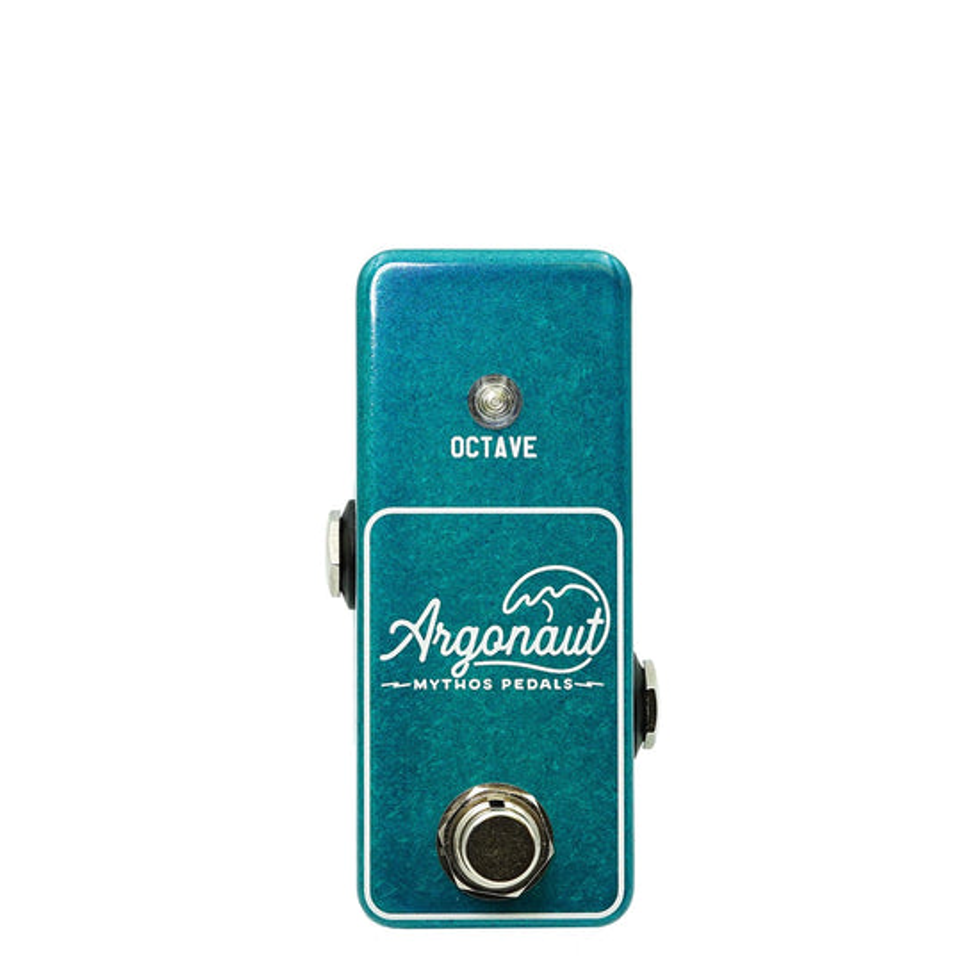
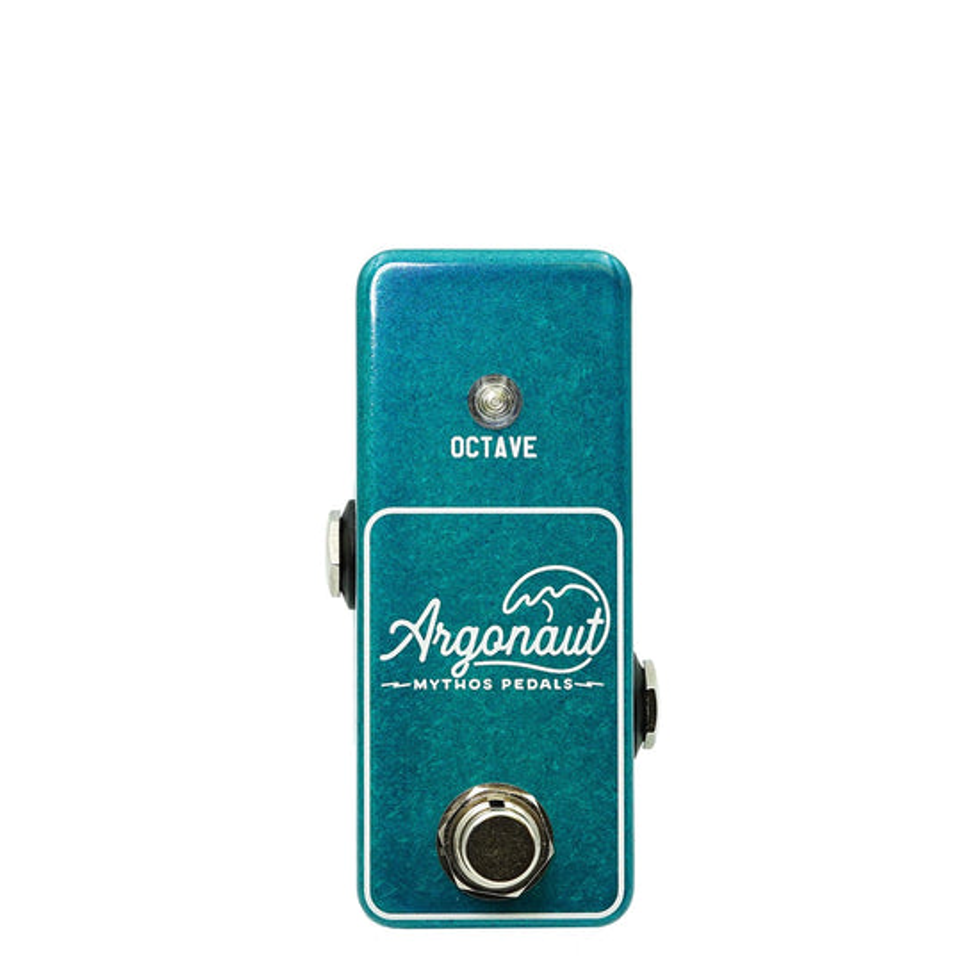
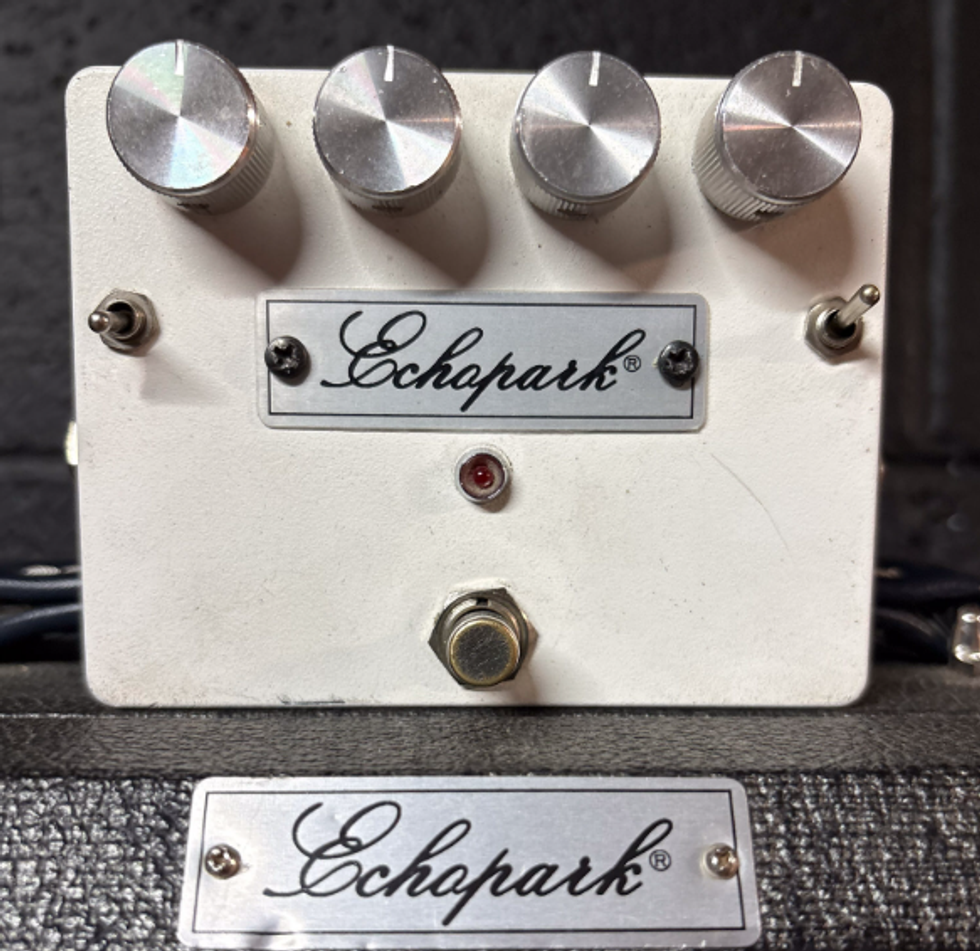
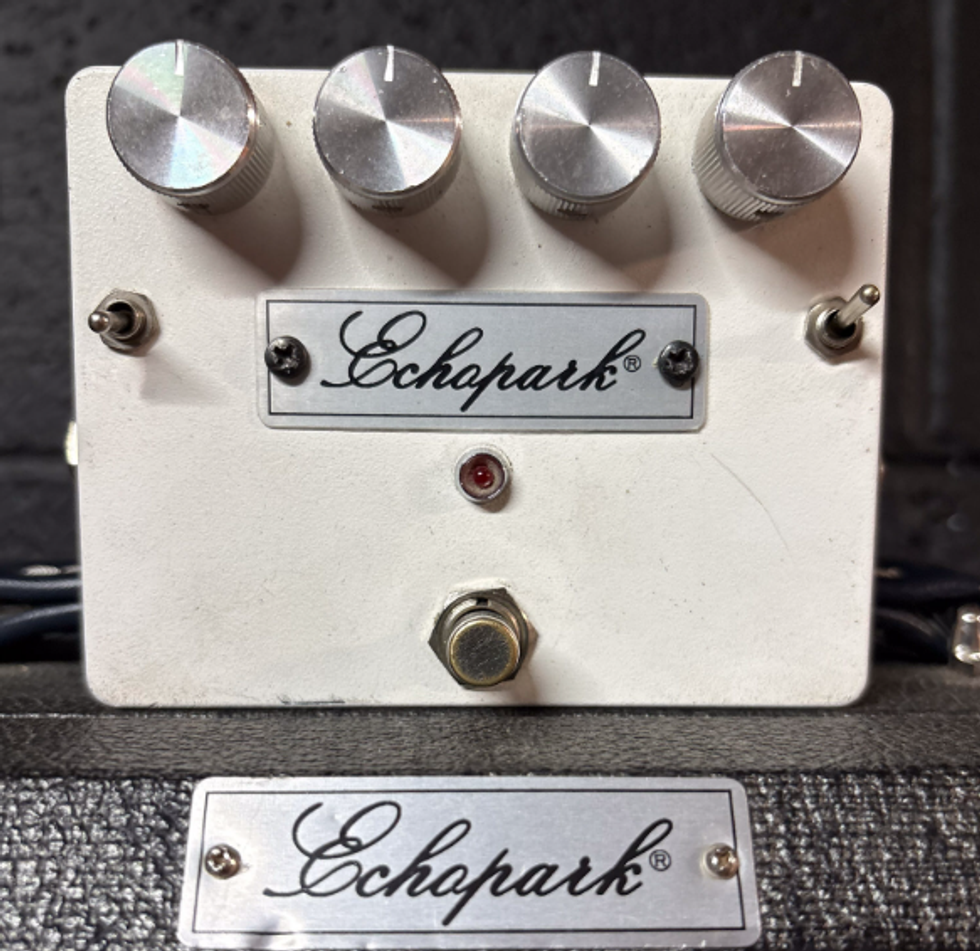
![Devon Eisenbarger [Katy Perry] Rig Rundown](https://www.premierguitar.com/media-library/youtube.jpg?id=61774583&width=1245&height=700&quality=70&coordinates=0%2C0%2C0%2C0)






